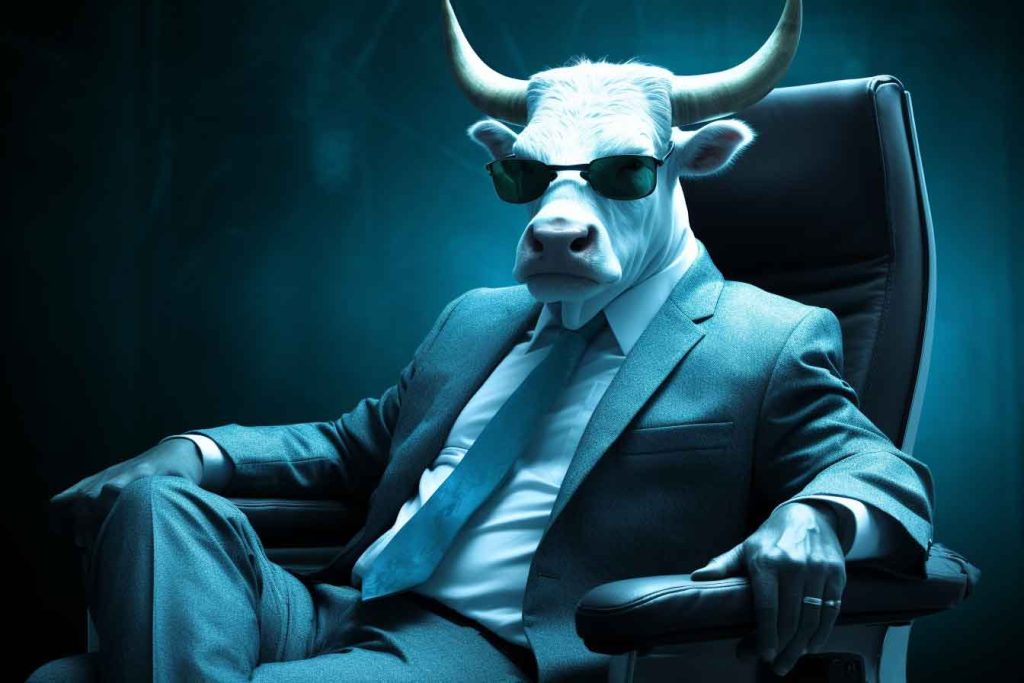A lot of 3D Artists asked me over and over again on my slack channel to explain more about the production work of an Unreal Engine Artist. So here we go, let’s see if I can somewhat answer all your questions.
What is an Unreal Engine Artist and what do they do?
An Unreal Engine Artist is a person who uses Epic’s Unreal Engine, a real-time 3D development platform, to create and develop interactive experiences, such as games, animations, architectural visualizations, and virtual reality experiences.
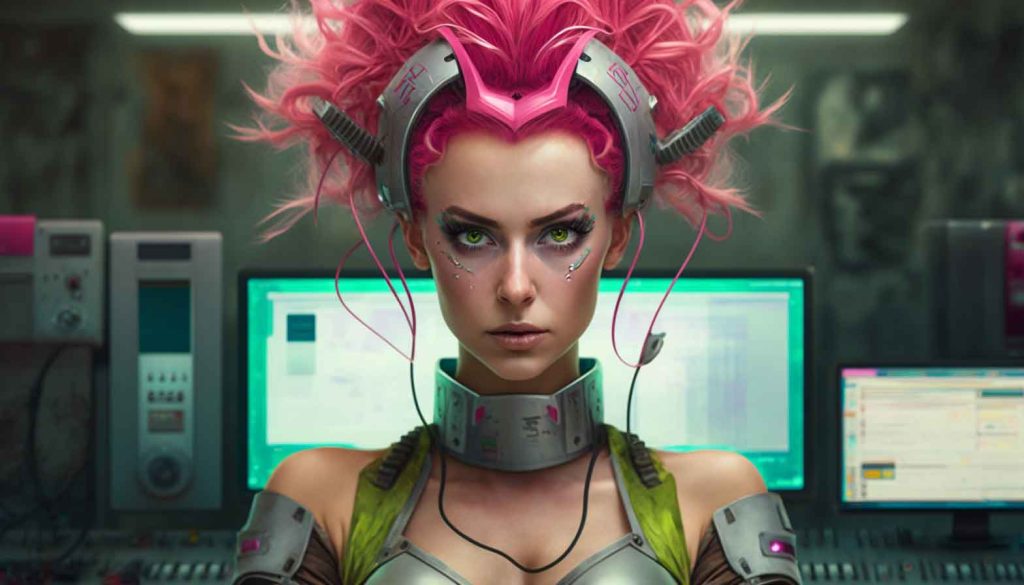
Their role involves using various tools and features of the Unreal Engine to create 3D models, design environments, implement animations, and apply visual effects. Unreal Engine Artists use their skills in 3D modeling, animation, lighting, and texturing to bring their creations to life in a realistic and immersive way.
They also work on optimizing the performance of their projects for different platforms, such as desktop, mobile, and console.
How to become an Unreal Engine Artist?
- Gain a strong foundation in 3D modeling, texturing, lighting, and animation. You can learn these skills through online courses, books, or attending workshops to learn how to create stylized art.
- Learn the basics of Unreal Engine: Start by exploring the Unreal Engine documentation and tutorials, which can help you understand the interface and features of the engine.
- Practice, practice, practice: Create small projects to gain hands-on experience with Unreal Engine and improve your skills.
- Specialize in a particular area: Unreal Engine is a vast platform, so consider focusing on a specific area, such as environmental design, character animation, or visual effects.
- Build a portfolio: Showcase your work and skills by creating a portfolio of your projects, which can help you get noticed by potential employers or clients.
- Stay up-to-date with industry trends: Unreal Engine is constantly evolving, so it’s important to stay updated on new features, tools, and best practices.
- Network: Attend events and join online communities to connect with other Unreal Engine Artists and learn from their experiences
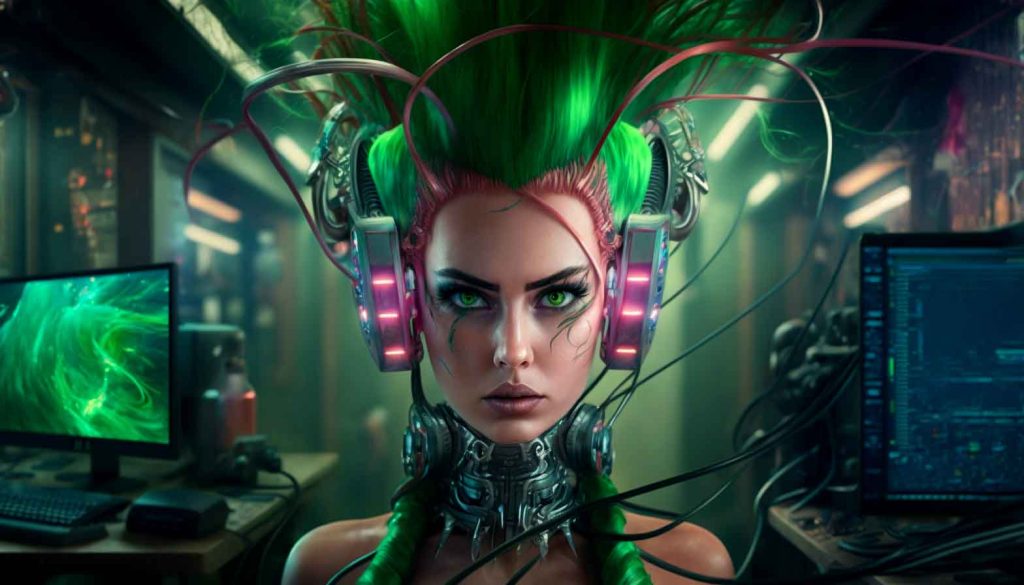
What skills are required for an Unreal Engine Artist?
If you read the most common job descriptions and requirements, I guess here are the TOP 10 Skills you should be developing have when working as a professional Unreal Engine Artist.
- 3D modeling: Knowledge of 3D modeling software, such as 3ds Max, Maya, or Blender, and the ability to create high-quality 3D models.
- Texturing and shading: Understanding of textures, materials, and shading to make 3D models look realistic.
- Animation: Skills in creating animations for characters and objects, including rigging, keyframing, and motion capture.
- Lighting: Knowledge of lighting techniques and how to use light to create mood and atmosphere in a scene.
- Visual effects: Understanding of particle systems, shaders, and other tools for creating realistic special effects.
- Unreal Engine knowledge: Knowledge of the features and tools of Unreal Engine, including Blueprints, the Material Editor, and the Animation system.
- Performance optimization: Understanding of how to optimize the performance of projects for different platforms, such as desktop, mobile, and console.
- Communication and collaboration: Good communication skills for working with a team of artists, programmers, and designers.
- Adaptability: Ability to learn quickly and adapt to new tools and technologies.
- Creativity and attention to detail: An eye for detail and the ability to bring creative visions to life in a believable and immersive way.
What are the responsibilities of an Unreal Engine Artist?
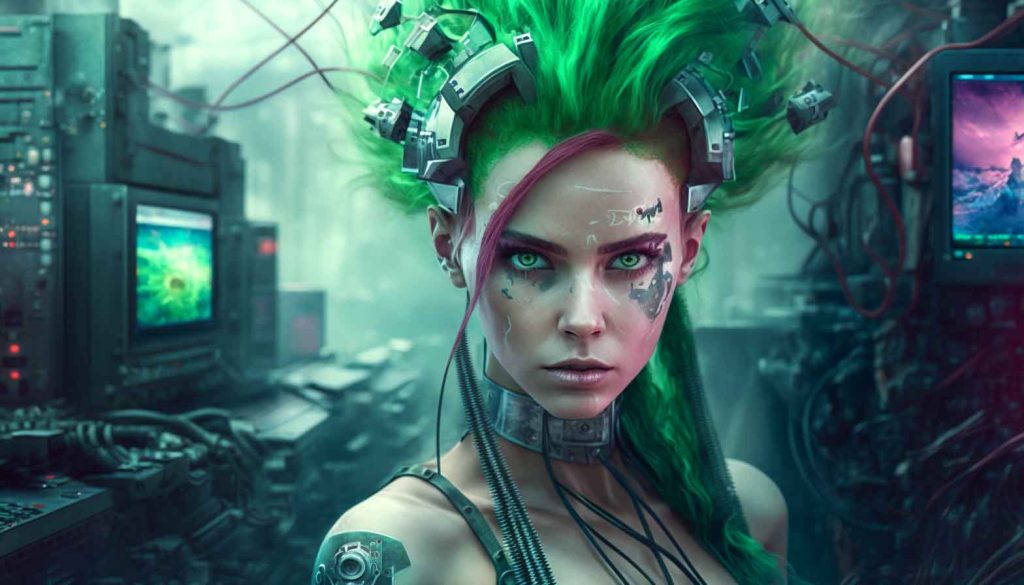
The responsibilities of an Unreal Engine Artist may include:
- Creating 3D models, environments, and characters using 3D modeling software and Unreal Engine.
- Designing and implementing animations, including rigging, keyframing, and motion capture.
- Creating and applying textures, materials, and lighting to make 3D models look believable and realistic.
- Implementing visual effects, such as particle systems, shaders, and other special effects.
- Collaborating with other artists, programmers, and designers to ensure the project is completed on time and meets quality standards.
- Optimizing the performance of projects for different platforms, such as desktop, mobile, and console.
- Staying up-to-date with new features and tools in Unreal Engine and the 3D industry.
- Presenting work to clients and stakeholders for feedback and approval.
- Participating in team meetings and contributing to the development of project plans and schedules.
- Continuously improve skills and knowledge through self-study and training.
What are the best resources to learn Unreal Engine for artists?
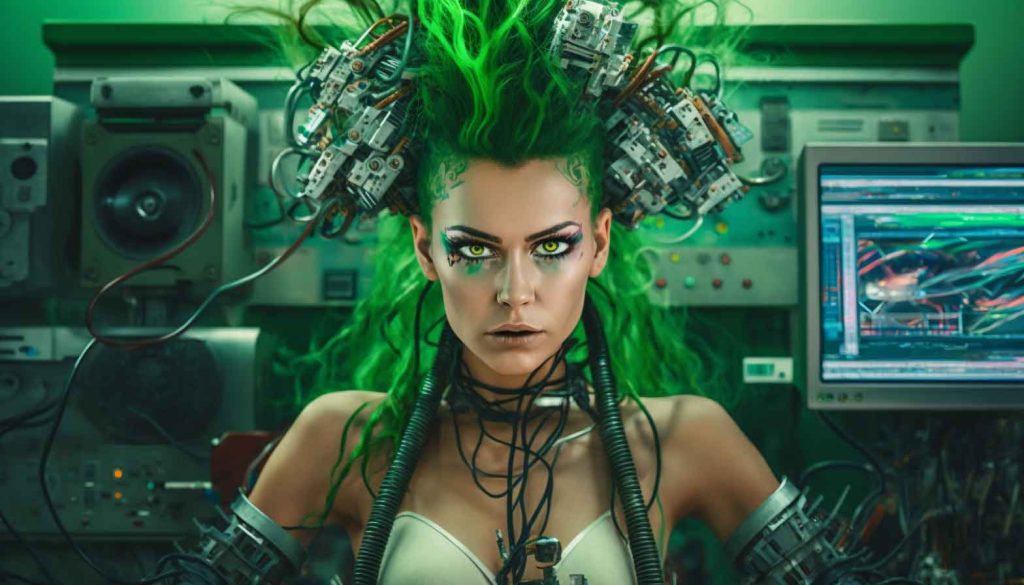
There are several resources to learn Unreal Engine for artists, including:
- Unreal Engine Documentation: The official Unreal Engine documentation provides detailed information on all aspects of the engine, including tutorials, video tutorials, and best practices.
- Unreal Engine Learning Hub: The Unreal Engine Learning Hub is a centralized platform for finding tutorials, resources, and guides for learning Unreal Engine.
- Online courses: There are many online courses available that cover Unreal Engine, including Udemy, Coursera, and Pluralsight.
- YouTube: YouTube has a large community of Unreal Engine artists and tutorials, making it a great resource for learning the engine.
- Books: Books on Unreal Engine, such as “Unreal Engine 4 for Design Visualization” by Tom Shannon, provide a comprehensive guide to the engine and its features.
- Unreal Engine Forums: The Unreal Engine forums are a great place to connect with other artists and ask questions or share your work.
- Personal Projects: Practicing and experimenting with Unreal Engine by creating your own projects is one of the best ways to learn and improve your skills.
What are the job opportunities for Unreal Engine Artists?
There are a variety of job opportunities for Unreal Engine Artists, including:
- Game Development: Unreal Engine is widely used in the game development industry, and Unreal Engine Artists are in demand to create characters, environments, and special effects for games.
- Film and Visual Effects: Unreal Engine is also used in the film and visual effects industry, and Unreal Engine Artists can work on creating digital sets and special effects for films and television shows.
- Architecture and Design: Unreal Engine can be used to create interactive presentations and visualizations of architectural and design projects. Unreal Engine Artists can work with architects, interior designers, and product designers to create photorealistic presentations.
- Virtual Reality and Augmented Reality: Unreal Engine is widely used in the creation of virtual and augmented reality experiences, and Unreal Engine Artists can work on creating immersive environments and interactive elements for these projects.
- Advertising and Marketing: Unreal Engine can be used to create interactive advertisements, product demos, and marketing presentations. Unreal Engine Artists can work with advertising agencies and marketing teams to create engaging and effective marketing content.
- Education and Training: Unreal Engine can be used in the creation of educational and training materials, such as simulation games and virtual reality experiences. Unreal Engine Artists can work with educators and trainers to create engaging and effective educational content.
Overall, the demand for Unreal Engine Artists is growing, and there are many opportunities in a variety of industries for artists with Unreal Engine skills.
How much do Unreal Engine Artists earn?
The salary of an Unreal Engine Artist can vary greatly depending on several factors, including experience, location, and industry.
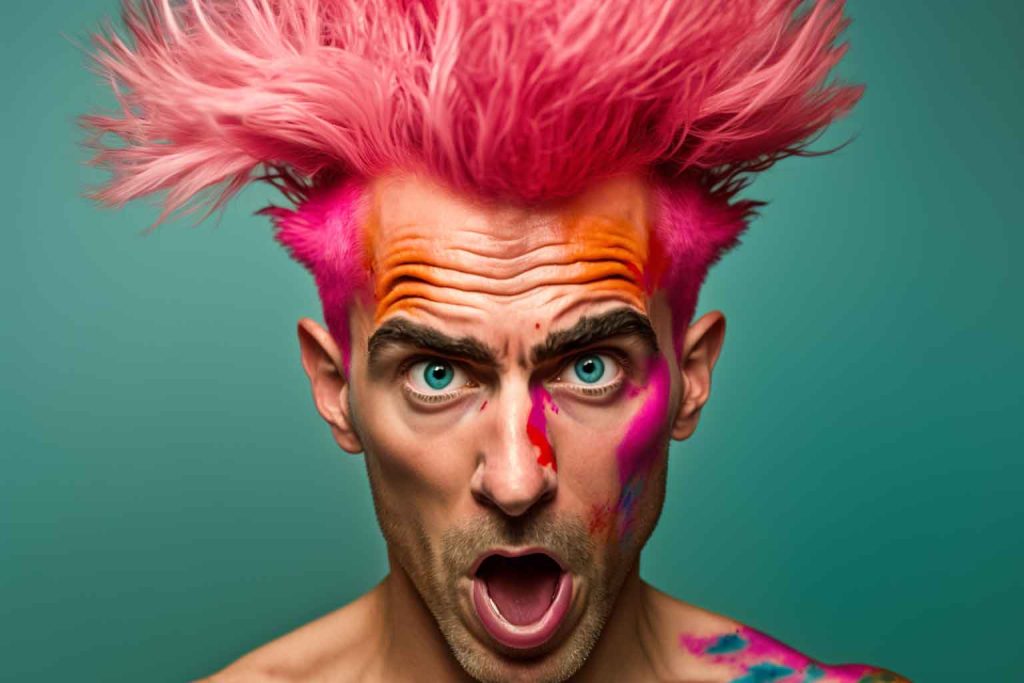
In the United States, the average salary for an Unreal Engine Artist is around $75,000 per year, according to Glassdoor. However, some Unreal Engine Artists can earn much more, depending on their experience and portfolio.
In Europe, the average salary for an Unreal Engine Artist is around €50,000 per year, according to Payscale.
In other countries, such as India, Unreal Engine Artists may earn significantly less, with an average salary of around $10,000 per year.
It’s important to note that the salary for Unreal Engine Artists can also vary greatly depending on the type of role and industry, with some positions offering higher salaries than others. For example, Unreal Engine Artists working in the film and visual effects industry may earn higher salaries than those working in the gaming industry.
Overall, the salary of an Unreal Engine Artist can vary greatly, but with the increasing demand for Unreal Engine skills, the salary for Unreal Engine Artists is likely to increase in the future.
What are the benefits of using Unreal Engine for artists?

Besides that, the Unreal Engine offers some other benefits for Artists, including:
- You can Model and Design in Real-Time your future Spine-Wires to reduce your chronic backpain from sitting 18hrs a day on your PC.
- High-Quality Graphics: Unreal Engine is known for its powerful graphics capabilities, allowing artists to create high-quality, photorealistic environments and characters.
- Interactivity: Unreal Engine allows artists to create interactive experiences, allowing users to interact with characters, objects, and environments in Real-Time.
- Cross-Platform Development: Unreal Engine can be used to develop applications for multiple platforms, including Windows, Mac, Linux, iOS, and Android. Also, VR Experiences can be developed for the new cutting-edge Metaverse.
- Large Community: Unreal Engine has a large and active community of artists, developers, and enthusiasts, making it easy to find support and resources for learning and development.
- Easy to Use: Unreal Engine has a user-friendly interface and a range of tools that make it easy for artists to create complex scenes and animations, even without prior programming experience.
- Modular Architecture: Unreal Engine has a modular architecture, allowing artists to easily add new features and functionality to their projects.
- High Performance: Unreal Engine is optimized for performance, making it suitable for high-performance applications and games, even on lower-end hardware.
- Affordable: Unreal Engine is free to use for many small-scale projects and has low royalty fees for commercial projects, making it a cost-effective option for artists and developers.
How to create stunning visuals in Unreal Engine?
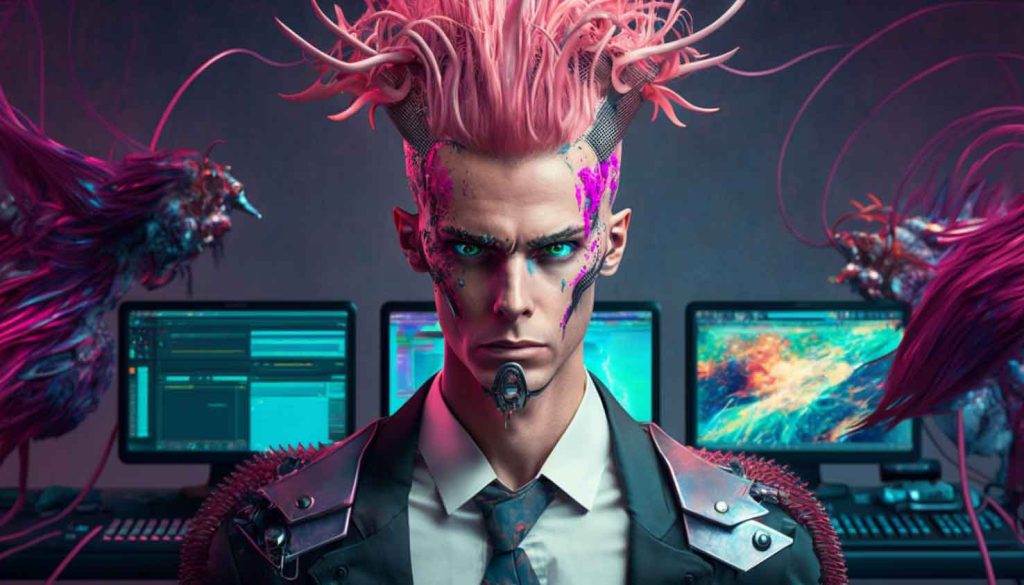
To create stunning visuals in the Unreal Engine, you can follow these steps:
- Plan and Conceptualize: Start by thinking about the visual style you want to achieve, including the color palette, lighting, and overall mood of the scene.
- Choose the Right Assets: Unreal Engine has a large library of assets, including models, materials, and textures, that can be used to create stunning visuals. Choose the assets that best match the style you want to achieve.
- Set Up Lighting: Unreal Engine has a powerful lighting system that can be used to create realistic lighting and shadows. Set up the lighting in your scene to match the mood and style you want to achieve.
- Use Materials: Unreal Engine allows you to create and apply custom materials to your assets. Use materials to add detail and realism to your scene and make your assets look stunning.
- Work with Particles and Effects: Unreal Engine has a powerful particle system that can be used to create special effects, such as smoke, fire, and sparks. Use particles and effects to add life and interest to your scene.
- Use Post-Processing: Unreal Engine has a post-processing system that can be used to apply a variety of effects, such as bloom, depth of field, and color grading, to your scene. Use post-processing to enhance the overall visual style of your scene.
- Tweak and Refine: Finally, take the time to tweak and refine your scene, adjusting the lighting, materials, and effects until you are satisfied with the results
How to utilize the tools and features of Unreal Engine for creating interactive experiences?
To utilize the tools and features of Unreal Engine for creating interactive experiences, you can follow these steps:
- Familiarize Yourself with the Interface: Unreal Engine has a user-friendly interface with a variety of tools and features for creating interactive experiences. Take some time to familiarize yourself with the interface and get to know the tools and features that are available.
- Use Blueprints: Unreal Engine has a visual scripting system called Blueprints that allows you to create interactive experiences without needing to write any code. Use Blueprints to create triggers, animations, and interactions in your scene.
- Create Interactive Characters: Unreal Engine has a variety of tools for creating interactive characters, including the Animation Blueprint, which allows you to create animations and interactions for characters in your scene.
- Utilize Physics: Unreal Engine has a powerful physics engine that allows you to create interactive objects that respond realistically to their environment. Use physics to create objects that can be picked up, thrown, and interacted with in a natural way.
- Use the Input System: Unreal Engine has a flexible input system that allows you to create interactions for a variety of input devices, including keyboards, mice, gamepads, and touchscreens. Use the input system to create interactive experiences that respond to user input.
- Add Sound: Unreal Engine has a comprehensive audio system that allows you to add sound and music to your scene. Use sound to enhance the overall experience of your interactive project and make it more immersive.
- Test and Iterate: Finally, take the time to test your interactive experience and refine it. Test the interactions, animations, and other elements of your scene and make changes as needed until you are satisfied with the results.
